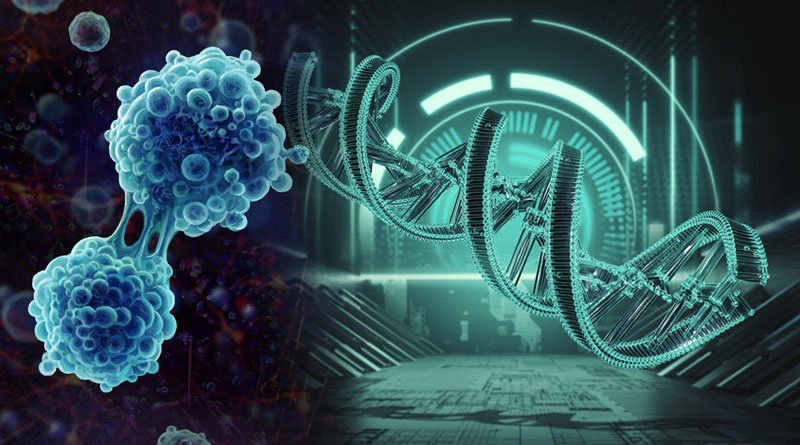DNA changes caused by mutagens may harm cells; examples include radioactive substances, x-rays, ultraviolet radiation, and certain chemicals.

Have you ever thought about why the abnormal development of the newborn occurs? Teratology may define cause and effect. A phenomenon called a genetic mutation. Mutagens are substances that alter or change the genetic material of an organism, hence they are termed genotoxic.
Have you ever wondered how mutations arise in living things? You’ve probably heard stories about mutated beings emerging from toxic waste sites or secret laboratories. While these urban legends usually turn mutations into fantasy, indeed, mutations often come from external factors.
Anything that causes a mutation (a change in the DNA of a cell). DNA changes caused by mutagens may harm cells and cause certain diseases, such as cancer. Examples of mutagens include radioactive substances, x-rays, ultraviolet radiation, and certain chemicals.
The environment we live in has a real impact on whether we experience genetic mutations. The quality of the water we drink and the air we breathe can affect the integrity of our DNA. Our bodies are designed to correct any mistakes, but dangers from the environment can increase our chances of ending up with a mutation. An environmental agent that causes a mutation is called a mutagen.
Be noted that all mutations are changes in the nucleotide sequence of DNA. While chromosome mutations involve large portions of DNA, point mutations are smaller and typically affect one or two bases. Point mutations include base substitutions and insertions and deletions. While base substitutions only switch one base for another, insertions and deletions change the length of a DNA code. But it’s rarely the original DNA strand that undergoes a mutation. Most of the time, mutations occur while a new DNA molecule is being formed through DNA replication.
The work of the enzyme DNA polymerase helps us better understand, this enzyme’s job is to build the daughter DNA strand along the parent strand. Every once in a while, DNA polymerase makes a mistake in matching the right nucleotide to the parent strand. It puts the wrong nucleotide down and produces a slightly incorrect daughter strand.
Normally, this happens once every billion nucleotides. But certain things can make it more likely that DNA polymerase will make a mistake. One of these is radiation from ultraviolet, or UV, rays. When UV radiation hits the cells in your body, it can change the way DNA polymerase works and increase the probability of a replication error. Ultraviolet radiation is an example of a mutagen.
Mutagens can be found in any part of the environment. The mutagen may be physical, such as ultraviolet rays or chemical, UV radiation is just one of many mutagens that exist in our environment. Other mutagens include X-rays, extreme heat, or chemicals that react with DNA molecules. These agents can change the way molecules bond and react with one another, which increases the likelihood that a mistake will be made in the nucleotide sequence.
An error in the DNA can cause problems for that cell. Skin cells are especially vulnerable to UV radiation because they have the most direct exposure to the UV light that comes from the sun. This is why we try to protect our skin from the sun’s potentially harmful rays. Though a point mutation may seem insignificant at the molecular level, a single insertion, deletion, or base substitution can drastically harm an organism.
It is suggested that Mobile phone radiation might alter gene expression in the oral squamous epithelial cells. Accumulating evidence has shown that radiofrequency radiation (RFR) emitted by mobile phones is a potential factor for DNA damage. Whether RFR affects the gene expression of human genes still requires further research.
This may help in understanding the mechanisms of action of this radiation. Scientists believe that mobile phone radiation causes changes in gene and protein expression in human endothelial cell lines, and the response seems to be genome- and proteome-dependent. It is therefore important to know common mutagens that bring change in genetic performance, or the indiscriminate use of mutation-causing factors that can bring biological disasters.
